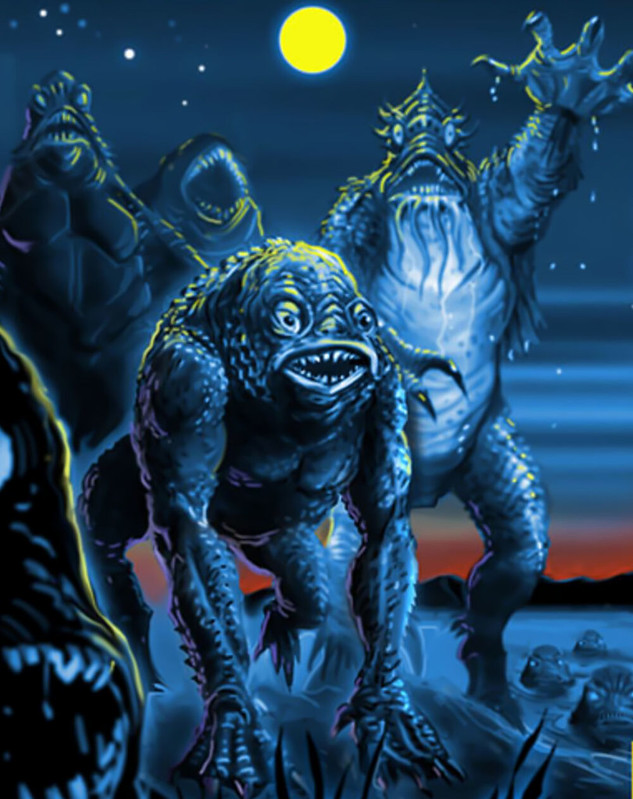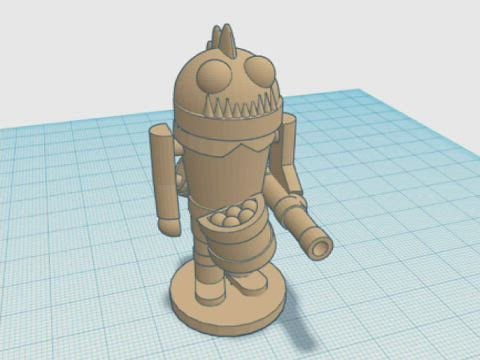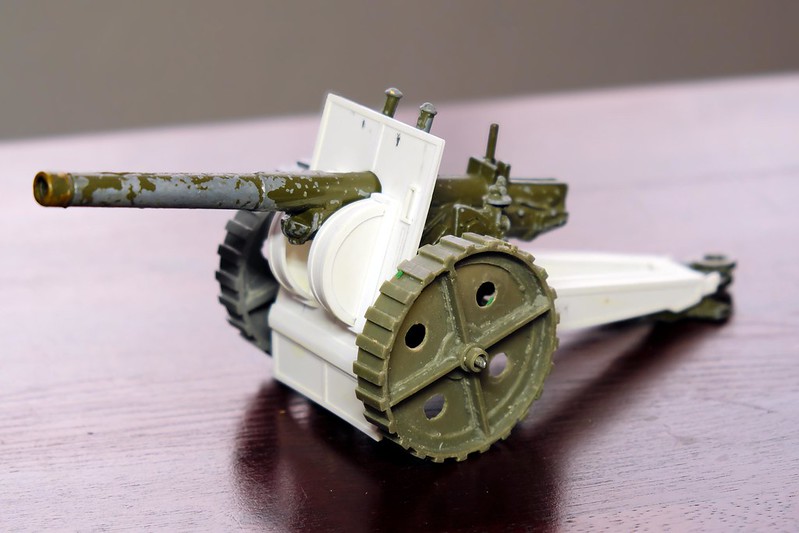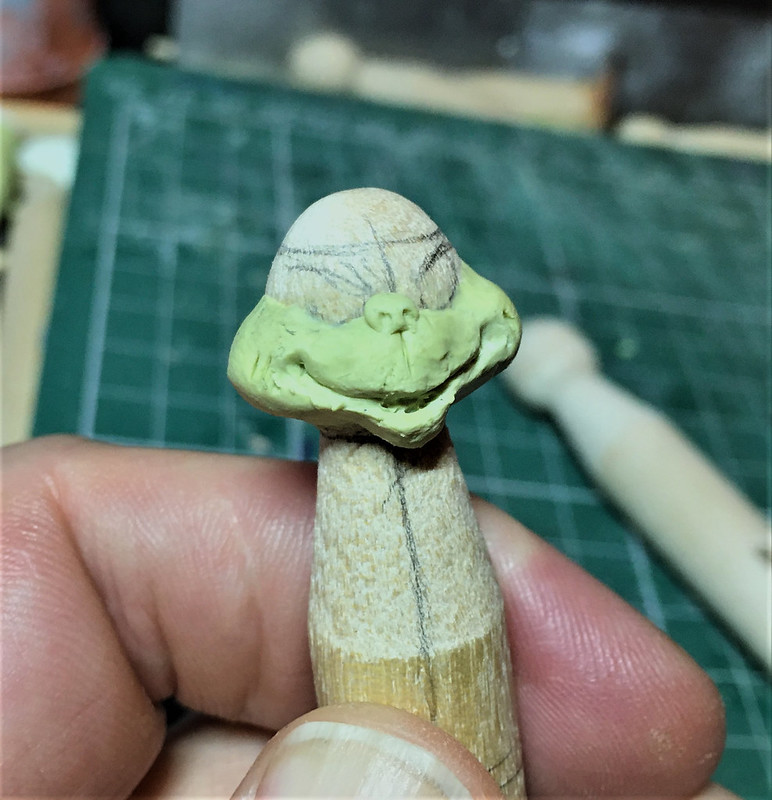As mentioned in the previous post, I am well on the way to making my first British unit for my 'Invasion Mars, 1899' project. This unit is a 'heavy' infantry Grenadier unit - an elite with special weapons - so I next wanted to start on my more basic 'light' infantry.
I had in mind something along the lines of the idea of 'Zulu on Mars' when it came to designing the light infantry figures, using the 1879 pattern of uniform worn by the British at the Battle of Rorke's Drift. Taking this as a basis I would then modify the original design to give it a more Steampunk look!
Luckily for me this is already a pretty popular theme and there is a reasonable amount of reference and ideas knocking about on the internet and in print and even in popular media...
 |
| British infantry on Mars! Doctor Who, series 36, episode nine – Empress of Mars |
For me the most iconic bit of the uniform has to be the British Army's 'Foreign Service pith helmet, so I wanted this to be at the heart of my design. But unlike some early science fiction I did not want to endow Mars with a earth-like atmosphere, so this helmet would have to be modified into some sort of environmental protection.
Using TINKERCAD as my 3D modelling software of choice (at the moment, until I can get to grips with something more sophisticated) I quickly mucked about with some shapes until I got something approximating my idea. I won't lie, the helmet was a bit of a bitch to do and it took me a while to get something that I was happy with...
There was then a lot of tinkering around with sizes. I always tend to over-size things when I free-hand my designs and the first attempt at the helmet was way too big in proportion to the body and when compared to the Grenadiers I did...
Back to the drawing board and I rescaled the helmet a couple of times until I think I hit the 'Goldilocks' zone. Yes, it still is a little over-sized but that's part of my cartoon style and also so that it works as a 'space helmet'...
The next issue was the design of the 'space gun', again I didn't want to do what some game miniature designers have done and simply make a Martini-Henry rifle (as used in 'Zulu') for a science-fiction figure. I don't know about the effects of ballistics in space or what effects a different gravity has on projectiles but I'm sure a 'one gun suits all' (space and differing gravities) would mean some special considerations...
So, I went for a fanciful Steampunk design with an unspecified firing mechanism - could be a rail gun, could be a ray gun sorta thingy that would suit all situations! 😂
 |
| Sorry this is upside-down, but the above picture show how I orientate my objects for 3D printing for the best quality. |
Design Done - The Printing Begins!
Now the nerve wracking bit, although I am starting t gain a little confidence with my 3D printing workflow. The primary concern is print quality and how to orientate designs on the print bed to get the best print I can.
There is actually two concerns, orientation and whether to add supports. In the above picture of my space gun I orientate the arm and gun component in such a wat that I get the smoothest print quality on the main straight line (the upper arm). There were several options but I decided this offered the most advantages. Others might disagree.
Supports are the second - but related - consideration. I might orientate my model so that I can minimise the use of supports (supports being scaffolding that supports over-hanging elements of the model). So it turns into a bit of a puzzle working out which way to place the component to get the best quality with the least support! 😵
 |
| Here I have orientated the body & legs in the vertical BUT I have, then, had to add a lot of tree-like supports to aid in the printing of the helmet over-hang. |
Yes, it's all a bit crazy, but after a time it becomes second nature and you eventually just 'know' instinctively what's going to cause problems in a particular model. Er, mostly!
 |
| Above: Checking mutual proportions, but also notice that I have added my 'magnetisation' system to the bases, steel washers! LOL |
NEXT: Painting my Infantryman.














































